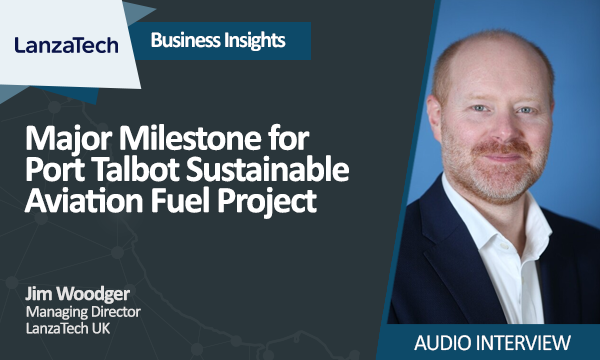
Written By:
Carole-Anne Davies
Chief Executive
Design Commission for Wales
Good design is intelligent. It is sustainable and efficient in its use of resources, including land, energy and materials in design and construction.
It is long-lasting, robust and flexible. It will be adaptable for a range of uses and be easy for everyone to use.
Good design will usually also result in a place to cherish, be proud of, feel safe and enjoy. All of these characteristics should be evident in the places we create and in particular, where people will spend much of their lives, raise families, create memories and meaning which may be carried through generations. Yet none of the above feature in the way we build places to live.
Change is inevitable and constant. Right now, it is rapid, disruptive and distressing for some, but exciting and innovative for others. Homes have been changing for centuries – but are they getting better? Are we building good homes, in the right place, that can help support a good quality of life for people?
It’s common in the built environment industry to speak of housebuilding targets, residential allocations, land values, units, highways, utilities, and some undefined entity known as ‘public open space’. People and their needs don’t feature. Energy and resource efficiency is something to ‘get to later’, when it should be fundamental. Perhaps then we have the housebuilding model we deserve, the confines of which mean that any change in expectation will add cost, be too expensive to maintain, or threaten ‘curb appeal’. Key to this model is a supply chain but that is immensely challenging to disrupt for innovation and there is hardly any sustained engagement with architects and urban designers in the supply chain.
An architectural perspective doesn’t really feature in much housebuilding for the general population or for housing need. Design simply doesn’t feature. Instead the mantra that good design costs more pervades. If we are to make better homes and places, the language, the conversation, and the focus of stimulus all have to change. Quickly. Public investment cannot focus exclusively on construction jobs, and eco-kit. Quick-build techniques should not be lauded as silver bullets. The focus should be on better homes for people.
Two examples may help. First up, a chartered building surveyor who grew up in Wales, now based in Exeter has been a vital leadership figure in high-quality, climate responsive and PassivHaus certified homes and buildings for over a decade. Emma Osmundsen is Managing Director of Exeter City Living, Exeter City Council has made the development and delivery of low energy, healthy, climate resilient homes and buildings routine. Emma’s focus on ‘homes and buildings which enhance the wellbeing of their occupants, contributing to the preservation of our planet and generating wealth for all’ indicates that a very different conversation is taking place.
At the Design Commission for Wales & Good Homes Alliance Vanguard event in 2019, Emma demonstrated her commitment to consistently engaging good designers and delivering significant quality and efficiency as a result. Emma shares her results, embeds the learning in every project, and will tell everyone who will listen how to do it. Look her up.
In Wales, Monmouthshire Housing Association have for some time been working closely and consistently with Wayne Forster of the Welsh School of Architecture, local authority officers and housing professionals. Their ‘right-size’ homes for difficult sites benefitted from Innovative Housing Programme investment in 2018/19. They hope to do more in 2020 via the same partnership. The resulting high-quality homes on difficult sites directly address acute and general housing need and help to diminish stigma.
Moreover, their collaboration is bringing about long-term, systemic change – a rare example of the ‘five ways of working’ enshrined in the Well-being of Future Generations Act Wales. These examples are changing the conversation, focussing on people’s needs and demonstrating what’s possible through good design.
The reality is that how we live, and the world we live in is changing – faster than we could have ever imagined. The housing of the future needs to change too and that needs good design.













